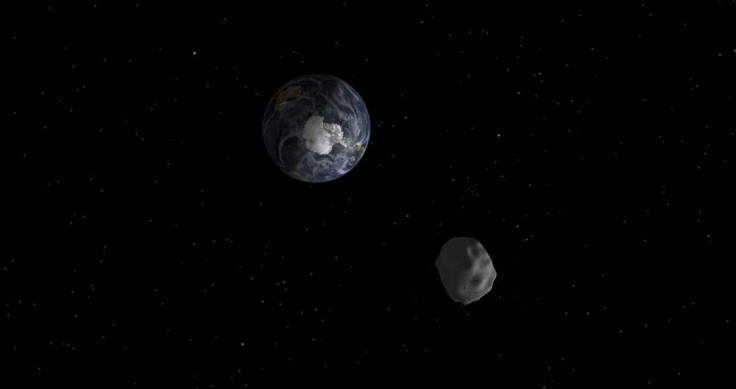International Asteroid Day 2021: 13 Interesting Facts about The Celestial Objects

International Asteroid Day commemorates a major asteroid impact event in history. It is also a good time to educate ourselves about these celestial objects.
International Asteroid Day is a United Nations (UN) sanctioned event that was co-founded by Apollo 9 astronaut Rusty Schweickart, filmmaker Grig Richters, B612 Foundation president Danica Remy and Brian May of the rock band Queen. It was declared in 2016 and has since been observed on June 30 each year to mark the anniversary of the Tunguska event over Siberia on June 30, 1908.
The goal of the event is simple: to raise awareness about asteroids, from their importance to the hazards of a possible impact.
"International Asteroid Day aims to raise public awareness about the asteroid impact hazard and to inform the public about the crisis communication actions to be taken at the global level in case of a credible near-Earth object threat," the UN said.
Different organizations all over the world typically hold Asteroid Day events such as lectures or even live concerts. On this day, let's learn more about the celestial objects with some interesting asteroid facts. (Courtesy: Phys.org, NASA, Idaho Public Television, the UN and The Planets.org)
- Asteroids are rocky objects much smaller than planets that orbit the sun. They are leftovers from when the solar system formed and don't have atmospheres.
- The Tunguska Event, the date of which is used to commemorate International Asteroid Day, is the "largest asteroid impact in recorded history."
- Most of the asteroids in our solar system are in the asteroid belt between Mars and Jupiter.
- Most asteroids are irregularly shaped because they don't have enough gravitational pull to become spherical.
- Some asteroids also have rings as Saturn does. The first one to be discovered to have rings is an asteroid called Chariklo. Scientists discovered its two rings in 2013 after they watched it pass in front of a star.
- Asteroids are made of different things depending on how close they are to the sun.
- A superbolide that entered the atmosphere and disintegrated over Chelyabinsk, Russia had an approximate total impact energy of 44 kilotons. It is said to be the "most energetic" impact event since the Tunguska Event.
- The largest among the asteroids is Ceres, which is 933 kilometers (580 miles) across. It was also the very first one to be discovered when Guiseppe Piazzi in 1801 thought he had discovered a new planet. It takes 1,680 Earth days for Ceres to complete a trip around the sun.
- The total mass of all the asteroids in the asteroid belt combined is still less than that of the Earth's moon.
- About once a year, the Earth's atmosphere is hit by a car-sized asteroid, but it burns up before it reaches the ground and causes damage.
- Asteroids can also have "moons" that orbit them. The first one ever discovered was Dactyl, which in 1993 was discovered to be orbiting the larger asteroid Ida.
- Asteroids that go in front of and behind Jupiter are called Trojans, while the asteroids that come close to Earth are called Near-Earth Objects or NEO.
- The Asteroid Warning Network and the Space Mission Planning Advisory Group were established in 2014 following recommendations to have an international response to possible NEO threats.

Photo: pixabay.com






